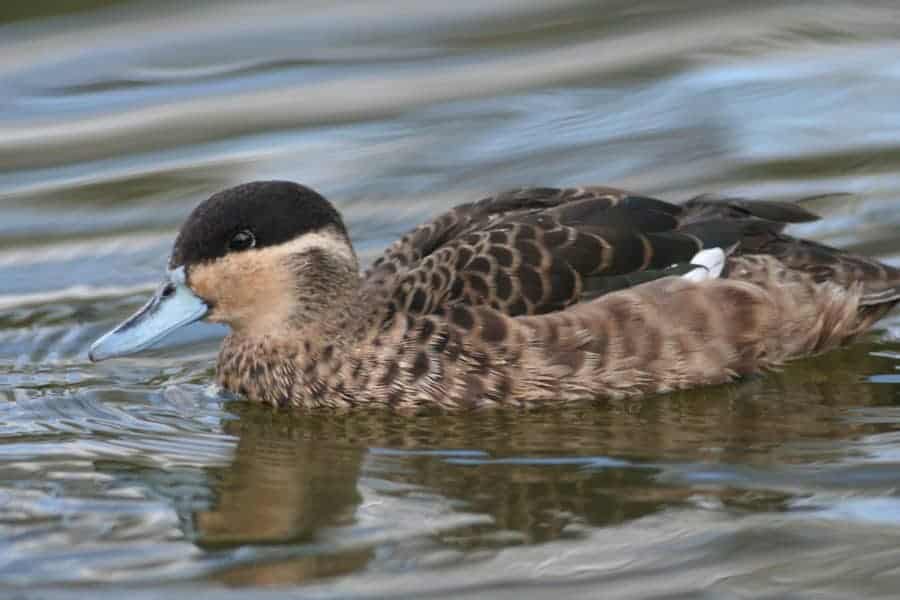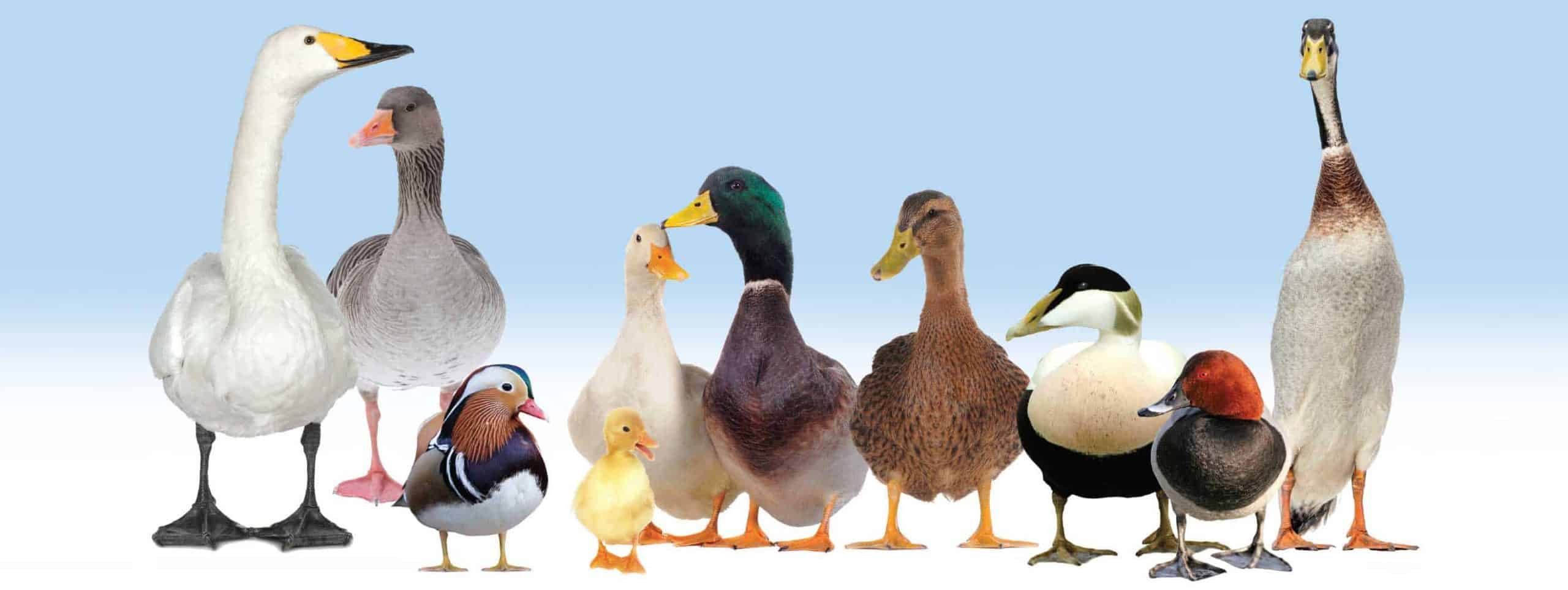What’s in a Name?
In the latest version (v11.1, January 2021) of the International Ornithological Congress (IOC) master list of bird names, the Hottentot Teal has been changed to the Blue-billed Teal. This decision was made in concert with the BirdLife South Africa List Committee, as the former name has become offensive. The simple truth, however, is that the word ‘Hottentot’ always was offensive and was intentionally meant to be so. It was a term coined by Dutch settlers who mocked the rhythms and sounds of Southern African indigenous language families such as Khoe, Kx’a and Tuu. The settlers’ inability to understand the languages meant they were, to European ears, not languages at all but rather the mere ‘clucking of turkeys’. ‘Hottentot’ became a term of indiscriminate dismissal of a number of distinct indigenous cultures. A number of diminutive animal species bear this common name. Trickier perhaps, is that ‘hottentot’ appears in the scientific binomial — Spatula hottentota. Scientific research may lead to changes in genus name, but the specific name is determined from the original description of the type specimen. While it is a relatively straightforward process to change the common names of birds – especially as there is a global move to find more appropriate names for those burdened with the stigma of colonial racism — changing the species epithet is much harder.
‘Political correctness gone mad’ we hear one or two saying, but we suspect that those voices would be drowned out by the majority, who prefer kindness and sensitivity to our fellow beings. Although it will take time for us individually to change our thinking, as we did for the Long-tailed Duck, we will be using the new official vernacular name for this species.
With thanks to Ian-Malcolm Rijsdijk, AFRICAN BIRDLIFE March/April 2021.



